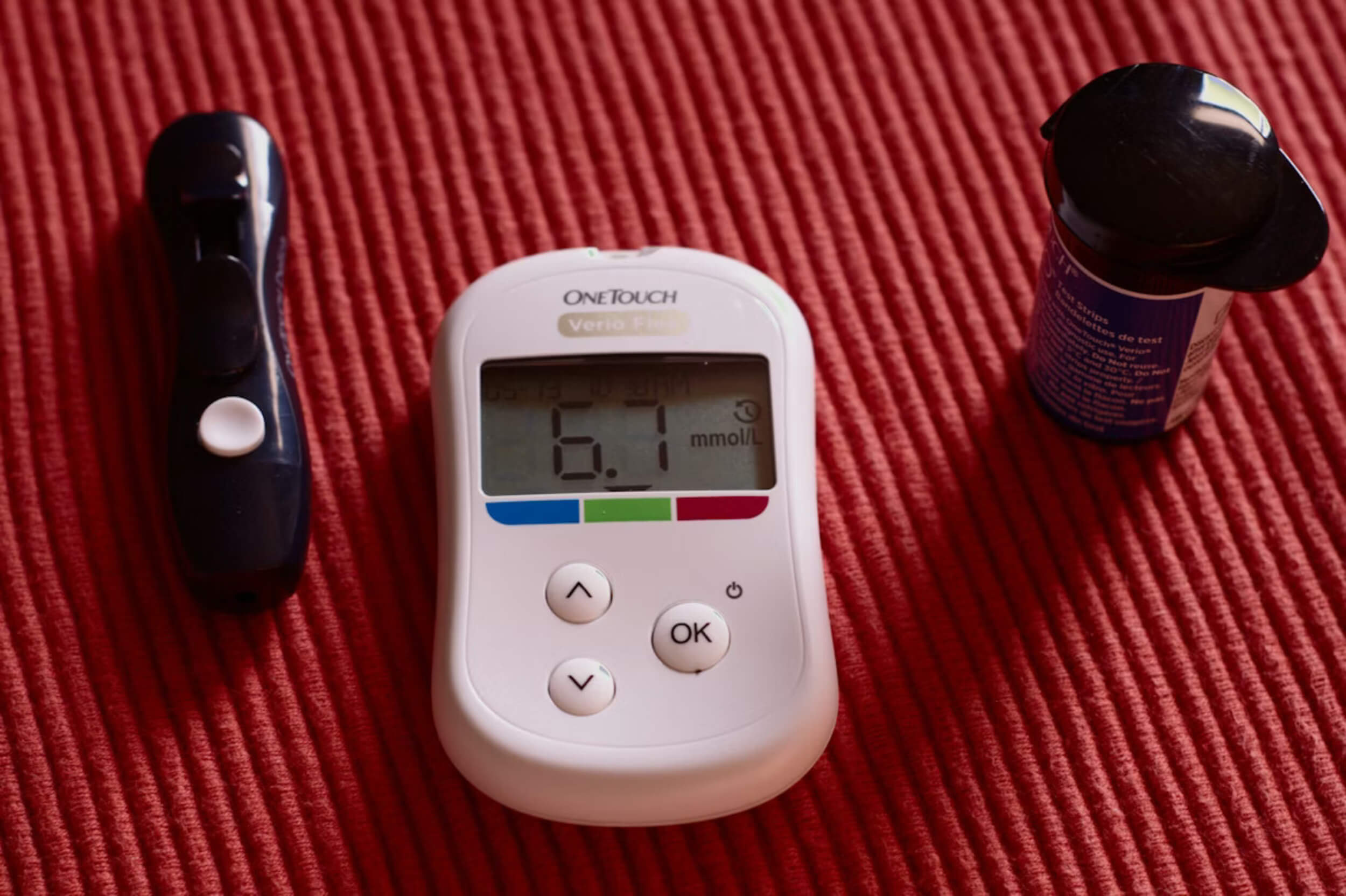Ever wonder why anger takes over so quickly? Anger is a natural emotion, and it happens to everyone. But letting it control your life? That’s something we can change. When you’re angry, it can feel like everything is falling apart—relationships get strained, stress levels spike, and you lose the peace you desperately want. But here’s the good news: with the right anger control methods, you can manage those fiery feelings and bring back a sense of calm.
This article will share 10 simple ways to take charge of your emotions and regain balance. These methods are practical, easy to follow, and proven to make a real difference. Whether it’s taking a deep breath when frustration hits or finding a better way to express how you feel, these strategies will help you feel more in control.
What’s in it for you? Improved relationships, better health, and a more peaceful mind. Who wouldn’t want that? If you’re tired of anger getting the best of you, keep reading. It’s time to turn those angry moments into calm, positive ones. Let’s find out how.
What Triggers Anger and Its Impact on You
Anger often shows up when you least expect it. So, what’s behind it? Common triggers include stress, unmet expectations, or even feeling threatened—whether emotionally or physically. Sometimes, a bad day at work or feeling misunderstood can be enough to set it off.
But here’s the thing: anger doesn’t just affect your mood. It can take a toll on your body too, leading to increased stress, a racing heart, and high blood pressure. Over time, this can hurt both your mental and physical health, making everyday life harder to handle.
That’s why anger control methods are so important. They help you manage emotions, reduce health risks, and improve your overall well-being.
Ready to see how it works? Now, let’s look at 10 effective anger control methods that can turn frustration into peace and help you regain emotional balance.
10 Anger Control Methods
1. Identify Your Anger Triggers
Anger often feels uncontrollable, but it usually has clear triggers. Identifying these triggers is the first step toward better anger management. Whether it’s a long commute, feeling disrespected, or being ignored, recognizing the cause helps you anticipate and manage your reactions before they escalate.
Action Step: Start an “anger journal.” Write down when you get angry, what caused it, and how you felt. Over time, patterns will emerge, helping you predict situations that spark your anger. Knowing your triggers lets you handle them more calmly.
2. Deep Breathing & Relaxation Techniques
When anger hits, your body reacts—heart races, muscles tense, and breathing becomes rapid. Deep breathing helps slow down this stress response, calming your mind and body. It’s a simple yet powerful tool to regain control during tense moments.
Action Step: Practice deep breathing when you feel anger rising. Inhale slowly through your nose for a count of four, filling your lungs completely. Then, exhale slowly through your mouth for a count of eight. Repeat a few times. This easy technique can help bring down your heart rate and lower stress, making it easier to think clearly.
3. Reframe Negative Thoughts with Cognitive Restructuring
Anger often comes from negative thoughts that quickly spiral. Cognitive restructuring helps you change how you think in heated moments. For instance, when a situation feels unfair, your mind might instantly assume the worst.
Action Step: Try reframing those thoughts. Instead of thinking, “This is always unfair,” change it to, “This situation is tough, but I can manage it.” This simple shift makes you feel more in control and reduces the intensity of anger. Over time, practicing this technique helps you respond to challenges more calmly and positively.
4. Active Listening to Prevent Escalation
In heated conversations, misunderstandings can fuel anger. Active listening helps prevent this by focusing fully on the other person’s words and emotions. It’s about hearing them out before jumping to conclusions.
Action Step: Practice active listening by maintaining eye contact, nodding to show you’re engaged, and summarizing what the person has said before responding. For example, say, “So, you’re feeling frustrated because…” This approach makes the other person feel heard and understood, which can defuse tension and lead to more constructive conversations.
5. Use Physical Activity as an Outlet
When anger builds up, physical activity is one of the best ways to release it. Exercise not only burns off excess energy but also releases endorphins, the body’s natural “feel-good” hormones.
Action Step: The next time you feel overwhelmed by anger, take a quick walk, run, or dance. Even 5-10 minutes of movement can help calm your mind and shift your focus. If you can’t leave the situation, try simple stretches or shake out your arms and legs. Exercise helps you return to the situation with a clearer mind.
6. Constructive Expression: “I” Statements and Boundary Setting
Communicating anger constructively is key to resolving conflicts. Instead of blaming others, use “I” statements to express your feelings without making the other person defensive.
Action Step: For example, say, “I feel hurt when my opinions are ignored,” instead of, “You never listen to me.” This approach makes your emotions clear without creating hostility. Also, set boundaries. If someone’s behavior consistently angers you, it’s okay to calmly state your limits. For instance, “I need to take a break when conversations get heated.” This allows you to express anger while maintaining control, promoting healthier relationships.
7. Develop a Meditation Routine
Meditation is more than just relaxation; it’s a tool for anger management. It calms both your mind and body, making it easier to respond thoughtfully to triggers instead of reacting impulsively.
Action Step: Start with a basic meditation practice. Sit comfortably, close your eyes, and focus on your breathing. If your mind starts to wander, gently bring it back to your breath. Another option is a body scan—slowly focus on each part of your body, noticing any tension and letting it go. Just a few minutes a day can improve emotional control, reduce stress, and help you approach anger-inducing situations more mindfully.
8. Incorporate Humor to Lighten the Mood
Laughter is a great way to shift the mood when anger starts to build. It’s not about making light of serious issues but finding a lighter perspective on minor frustrations. Humor reduces stress and can make situations feel less intense.
Action Step: Try to find something funny in a tough situation. Maybe picture a silly twist to the event or share a joke with a friend. You could also watch a short comedy video or read something amusing to lighten your mood. Just a little humor can help you let go of anger and handle things with more ease.
9. Practice Forgiveness to Let Go
Holding onto anger often hurts you more than the person who upset you. Forgiveness isn’t about excusing someone’s behavior; it’s about freeing yourself from the weight of that anger.
Action Step: Start by acknowledging your feelings. Allow yourself to feel hurt, but then choose to let it go. Think of forgiveness as a gift to yourself—a way to release anger’s grip and move forward. You don’t have to forget what happened, but forgiving can help you find peace and heal emotionally.
10. Focus on Gratitude to Shift Emotions
Gratitude changes how you see things. When you’re grateful, it’s harder for anger to take hold. It shifts your focus from what’s going wrong to what’s going right, helping you feel calmer and more positive.
Action Step: Keep a gratitude journal. Each day, write down a few things you’re thankful for, even if they’re small. It could be a sunny day, a good meal, or a kind word from someone. Over time, this habit makes it easier to manage anger because your mind becomes more tuned to finding the good, even in tough situations.
Final Thoughts on Regaining Your Inner Peace
Managing anger isn’t about pretending it doesn’t exist; it’s about handling it better when it shows up. The anger control methods you’ve read about are simple steps that can make a big difference. Consistency is key—using these techniques regularly helps them become second nature. Remember, progress takes time, but every small effort counts.
It’s also important to understand that controlling anger doesn’t mean suppressing it. It’s about finding healthier ways to express it. Whether it’s a deep breath, a quick walk, or setting clear boundaries, each of these methods helps you communicate your feelings without hurting yourself or others.
So, why wait? Pick one or two of the techniques that feel most doable for you and try them today. You might be surprised at how much better you feel, even after a single attempt. The more you practice, the more peaceful you’ll become.
Life will always have its challenges, but with the right tools, you can respond to them calmly and confidently. Embrace these methods, and you’ll see a positive shift in your emotional well-being. Peace of mind is possible—it’s just a few simple steps away.















